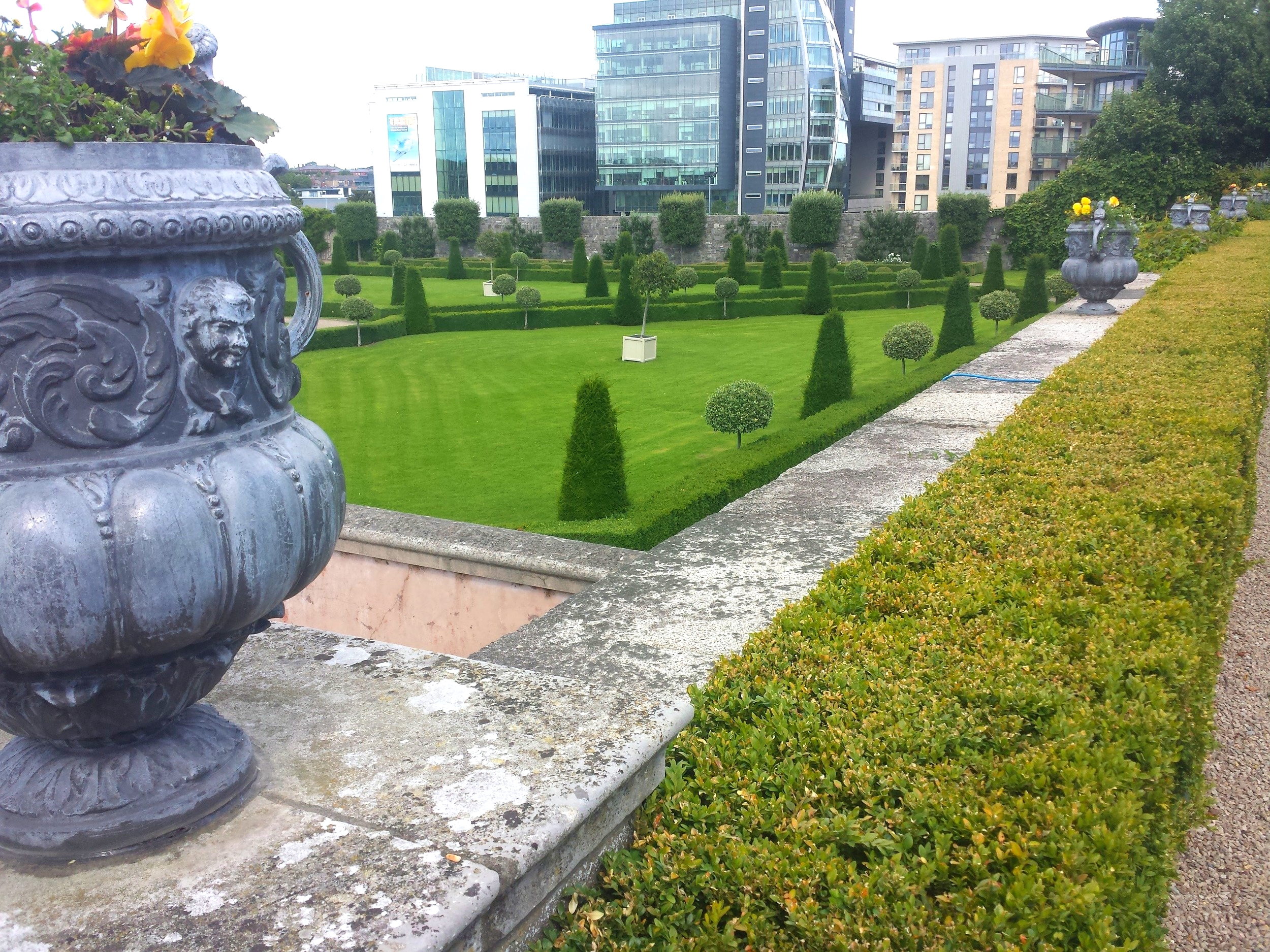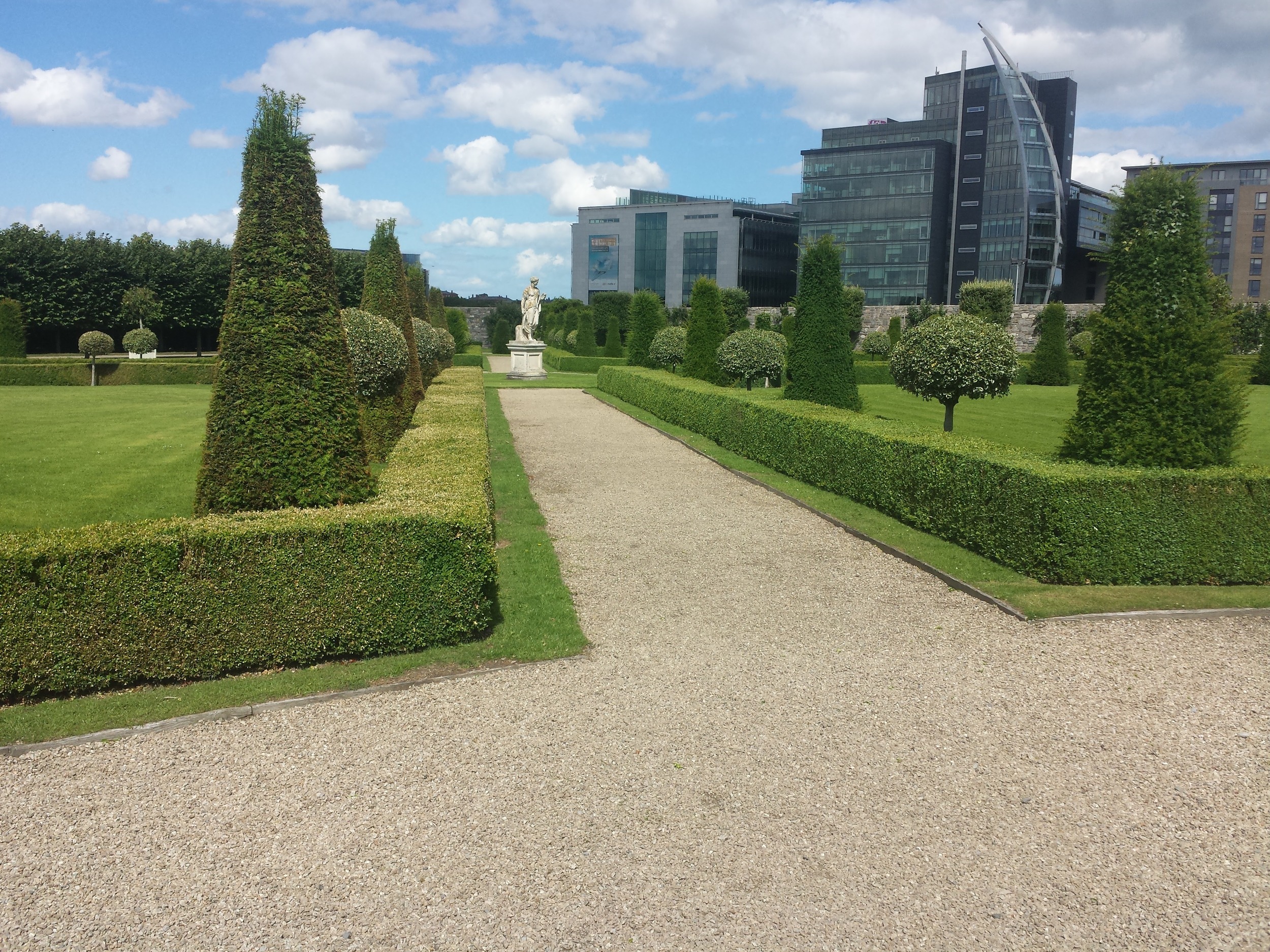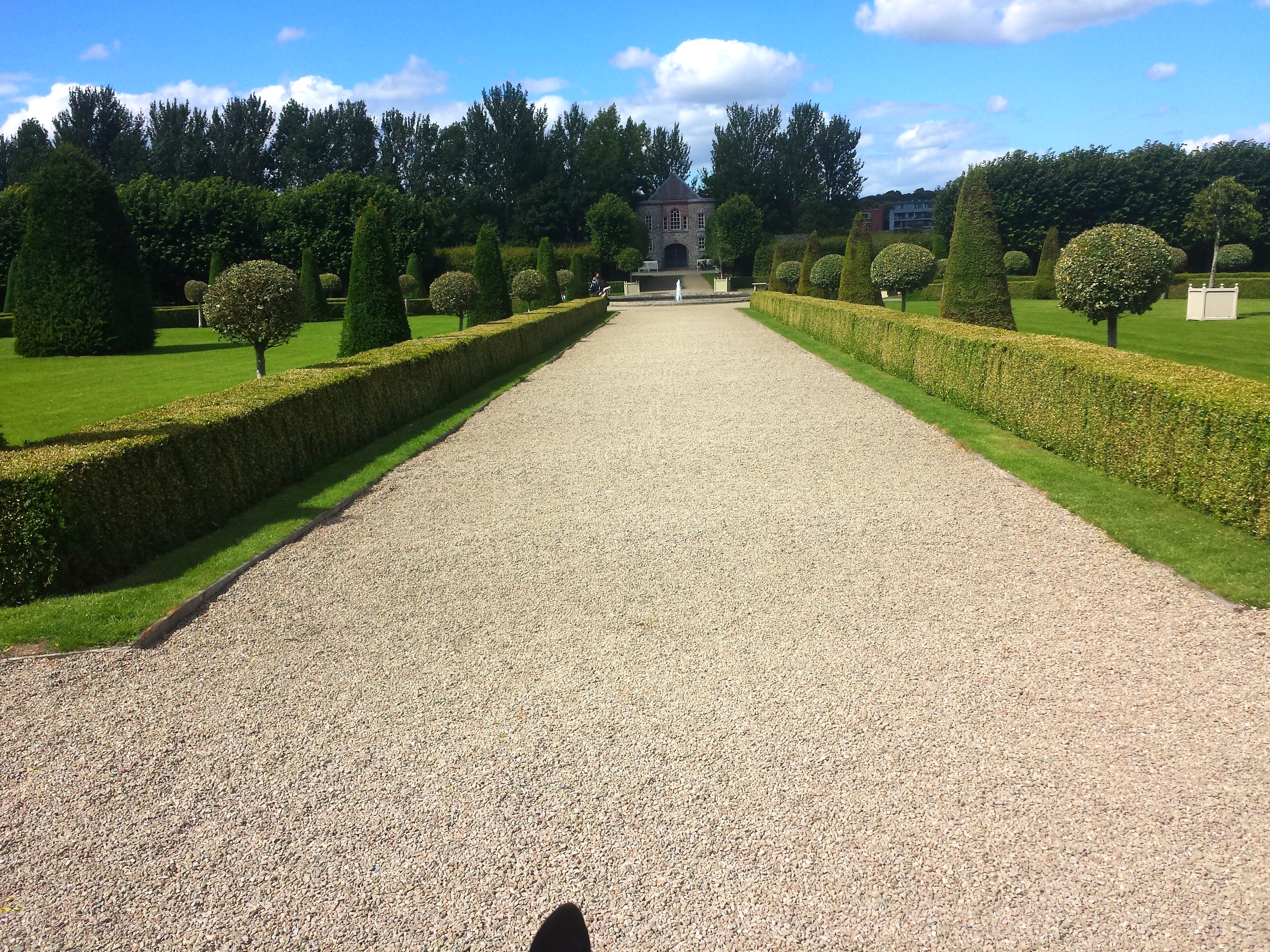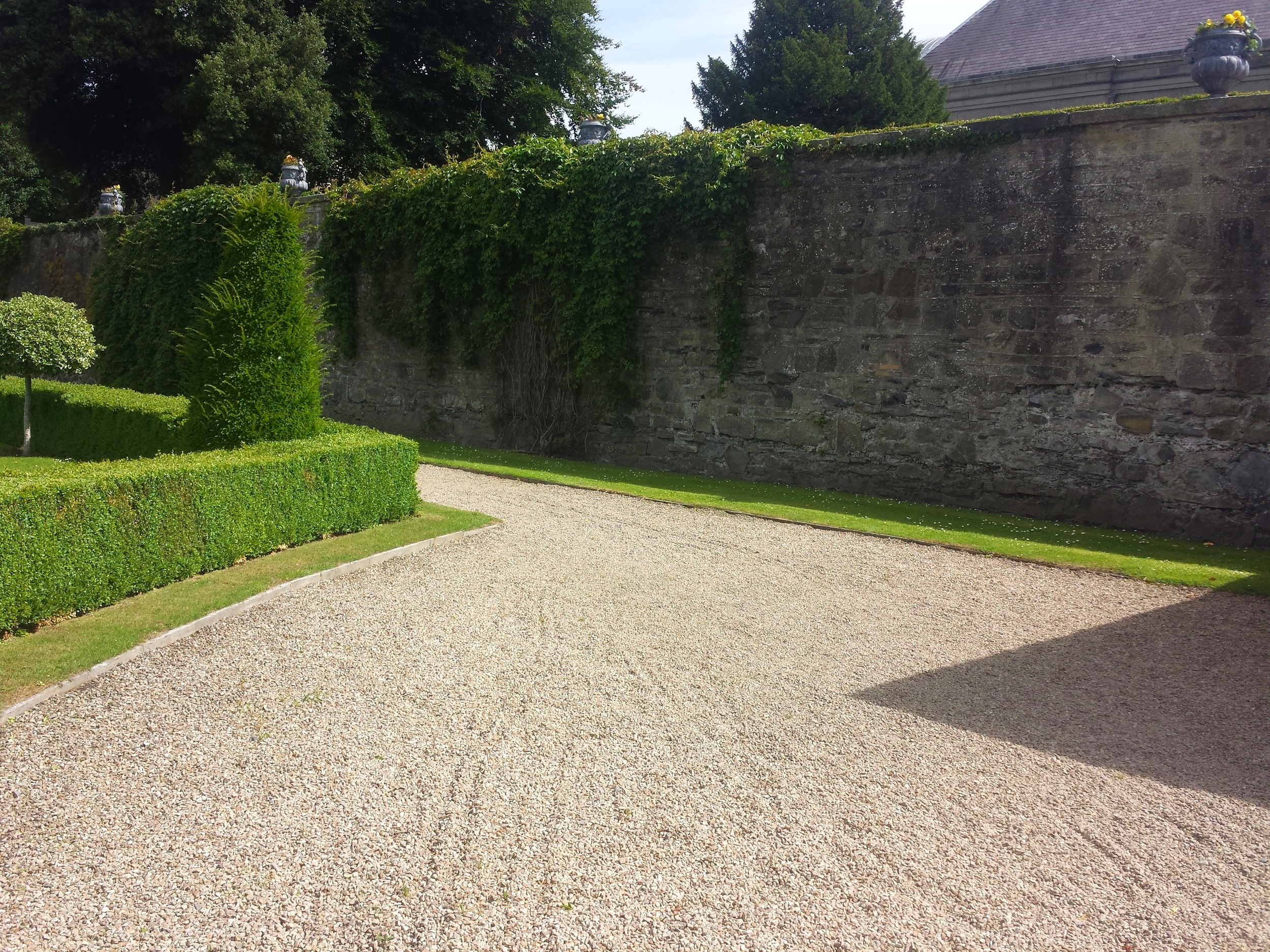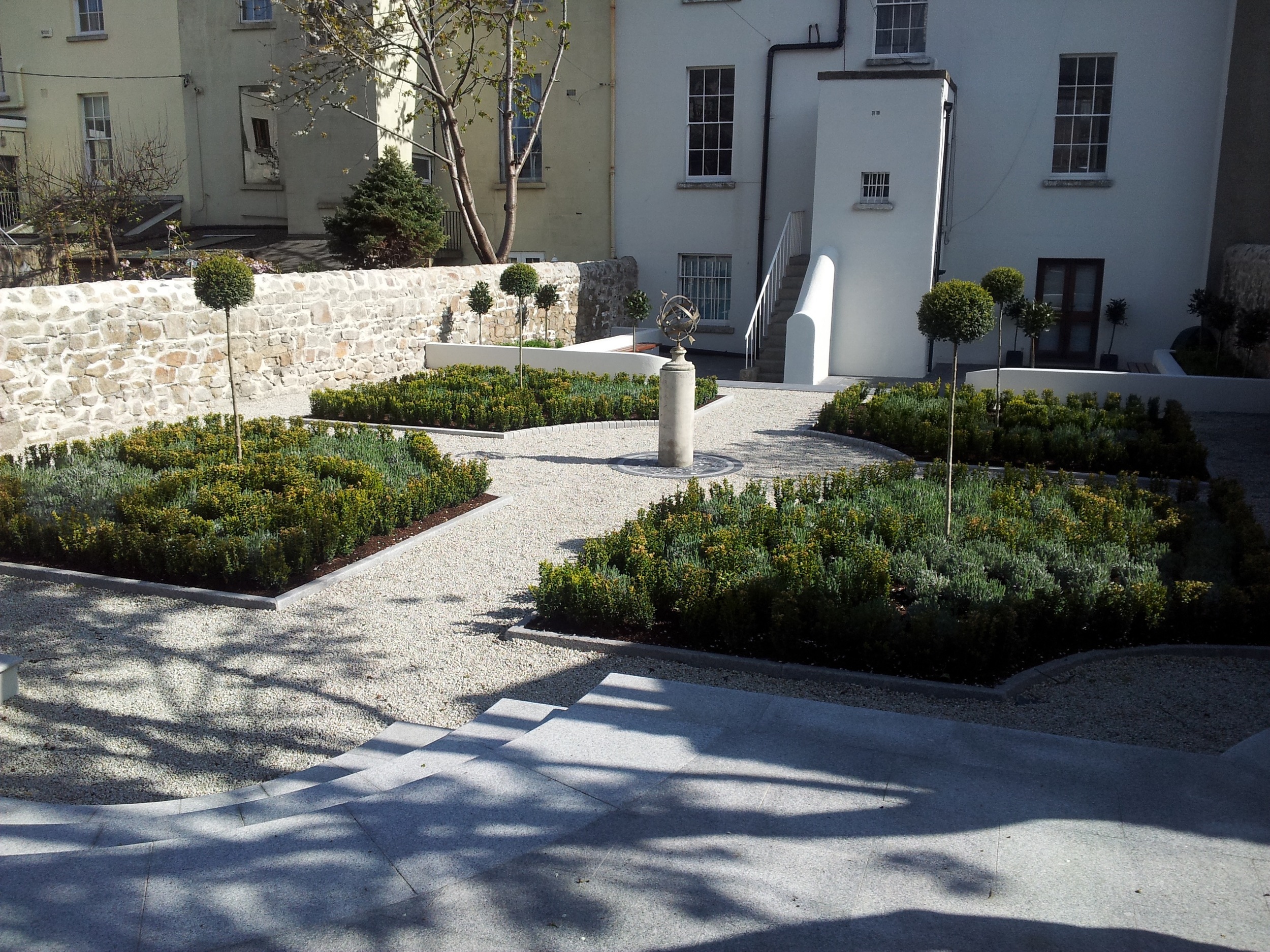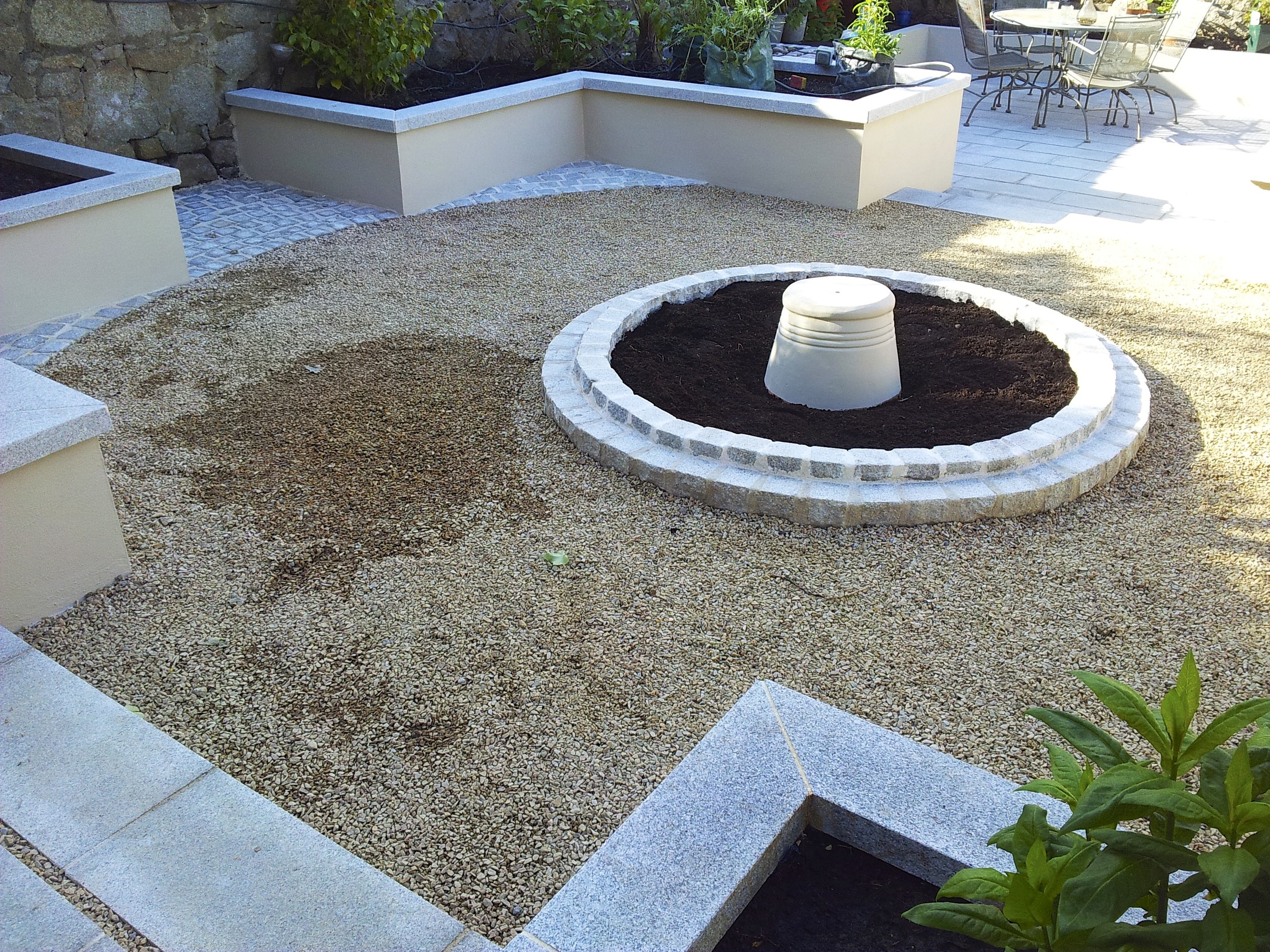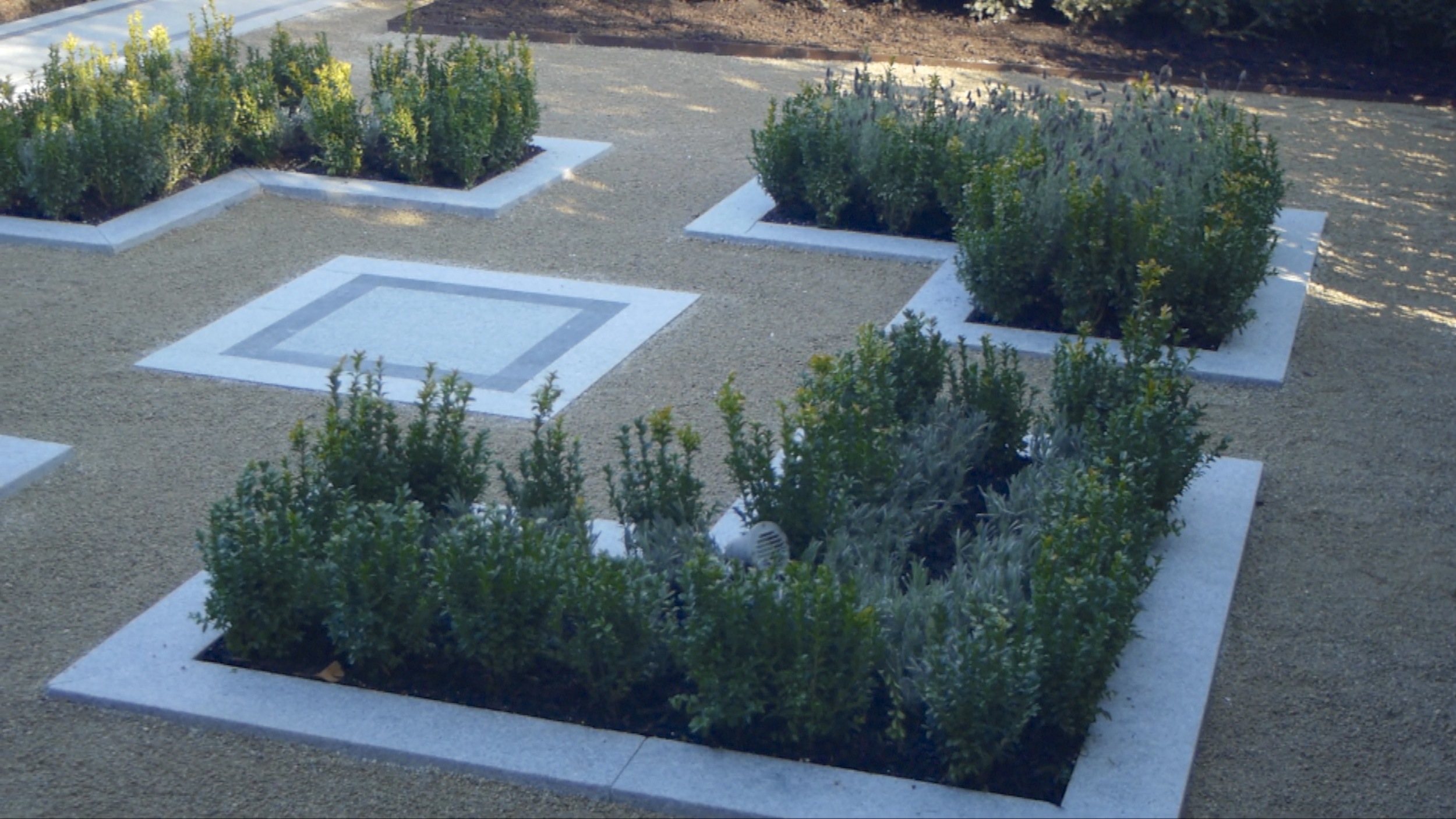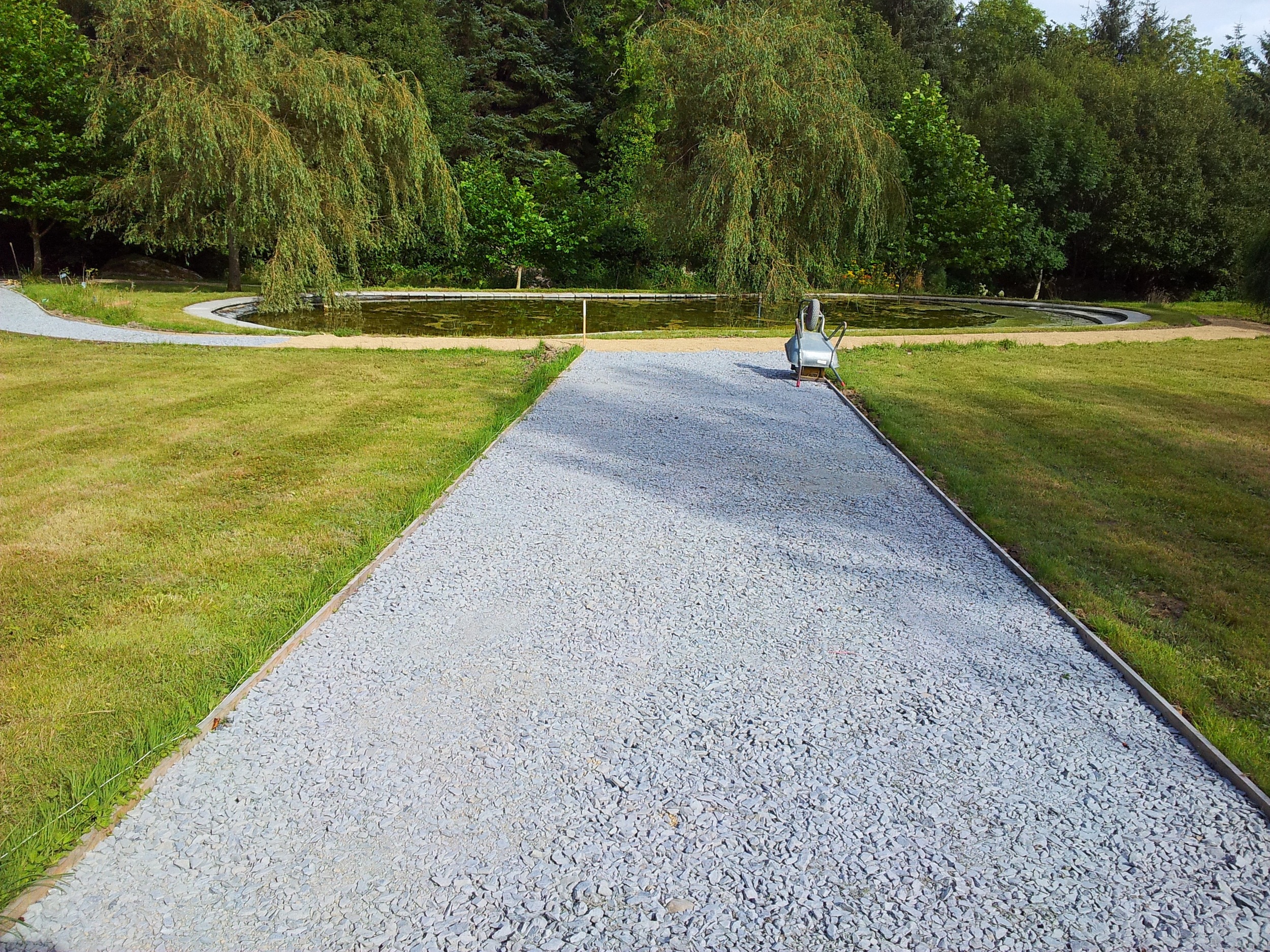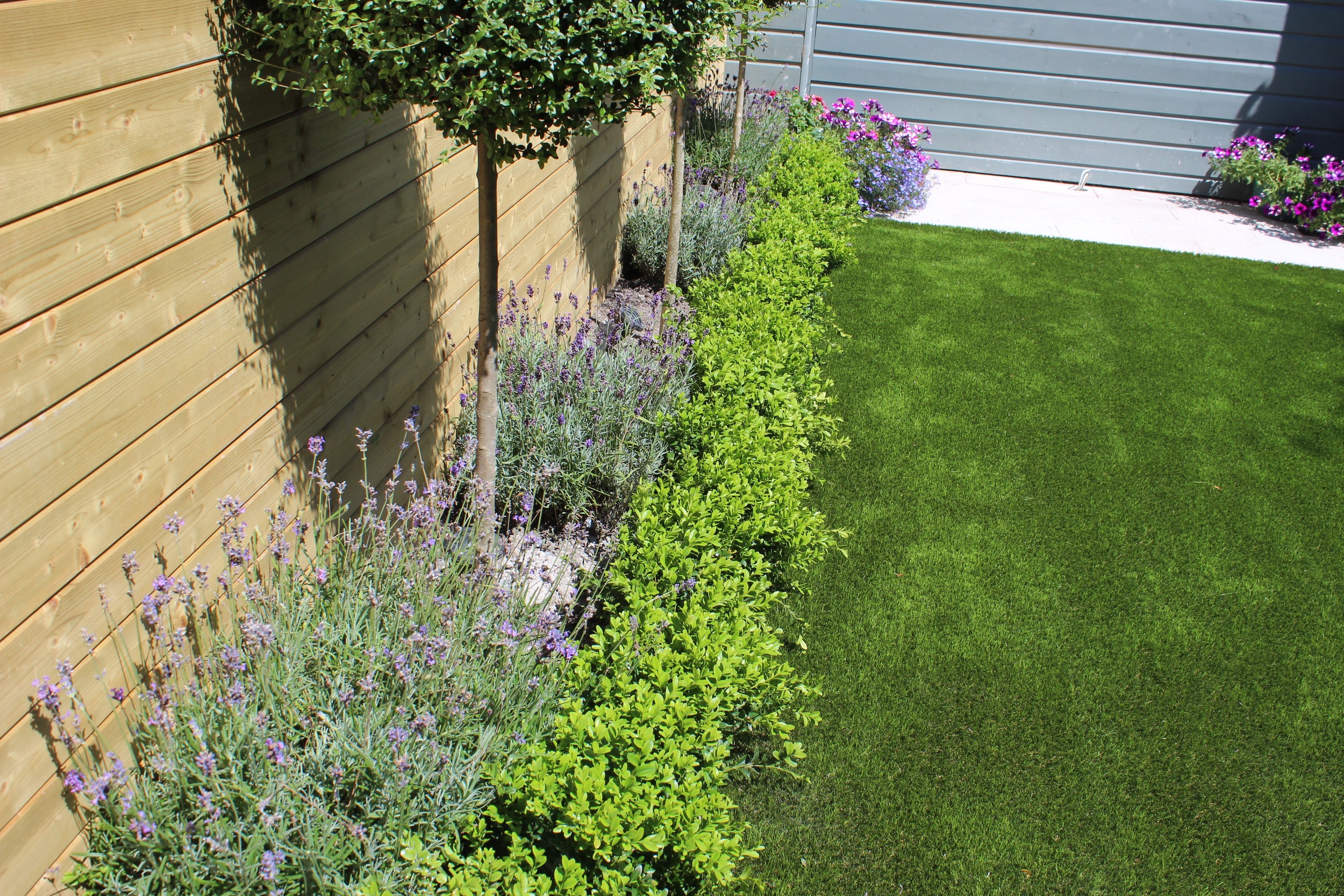The Formal Gardens - Royal Hospital Kilmainham
The Royal Hospital Kilmainham, Dublin was built in 1680 by the Queen's royal command and is the grandest and oldest classical building in Ireland. Architecturally It was based on 'Les Invalides' in Paris. ....Impressive isn’t it?
In 1922 the Hospital was awarded to the Irish Free State and over five years later the last of the pensioners was moved to Chelsea, London. This was after the rebellious 1916 rising and Irish independence. It served as An Garda Siochana Headquarters from 1930 to 1950. In 1980 An Taoiseach Charles Haughey approved plans to renovate Hospital and Grounds at a cost totalling IR£3 million.
The beautiful gardens were originally used for sickly patients and visitors to the grounds however over time they became the private gardens of the Master of the Hospital henceforth being known as the Masters Garden. The Formal Garden as it is also know lies below the North Terrace on the Royal Hospitals principals front and forms an important feature of the overall design.
The Hospital minutes of 1965 note:
"The garden to remain open to the north for the greater grace of the house"
Over the years gardens by their very nature change and it is recorded that the formal garden not only changed but it was periodically neglected
In restoring such early gardens one of the difficulties is in the inconclusive nature of historical evidence. The minute Book of the Royal Hospital Kilmainham refer to planned conservation and repair work to main gardens however it was not always clear that all the works were carried out or to which of the three gardens they refer. Old Maps indicate extensive works to the formal gardens and significant and regular grades but there is no specific information on the original garden design or Designer....A Mystery!
in the early 1900s when it was decided to restore the garden. the ideal 'classical' layout for a garden published by John Evelyn was considered to be close to its original form. The decision was made to use this 'ideal' layout as a basis for its first phase of restoration.
The more elaborate decorative form which the garden took at one stage was considered to be to costly and impractical to restore.
The basic layout having been established the second phase of the restoration was initiated in late 1980's. to develop the gardens 3 dimensional features work began on the garden house the walls the paths the structural planting the hedging planting and pleached trees and lately the fountain, entrance steps and terrace
The third and final phase developed the historical planting, including training structures for espalier trees along the walls, the planting of small trees and bulbs in the wilderness quarters as well as statuary urns and garden furniture.
The intention in this garden is to create features which represent 17th and 18th century formal garden design based on extensive research of the site and the interpretation of features of the time. In that sense it is more important to understand that this is not an historical reconstruction but a restoration in the spirit of 17th and 18th centuries
The Garden was restored to its present state by The Office of public works under the supervision of architect Elizabeth Morgan. responsibility for current gardens maintenance resides with Duchas
Be sure to take the time and visit these magnificent Grand Gardens of Kilmainham Hospital Dublin 8, Ireland



